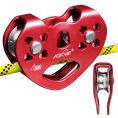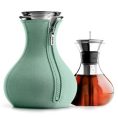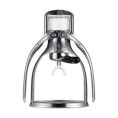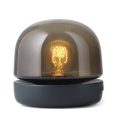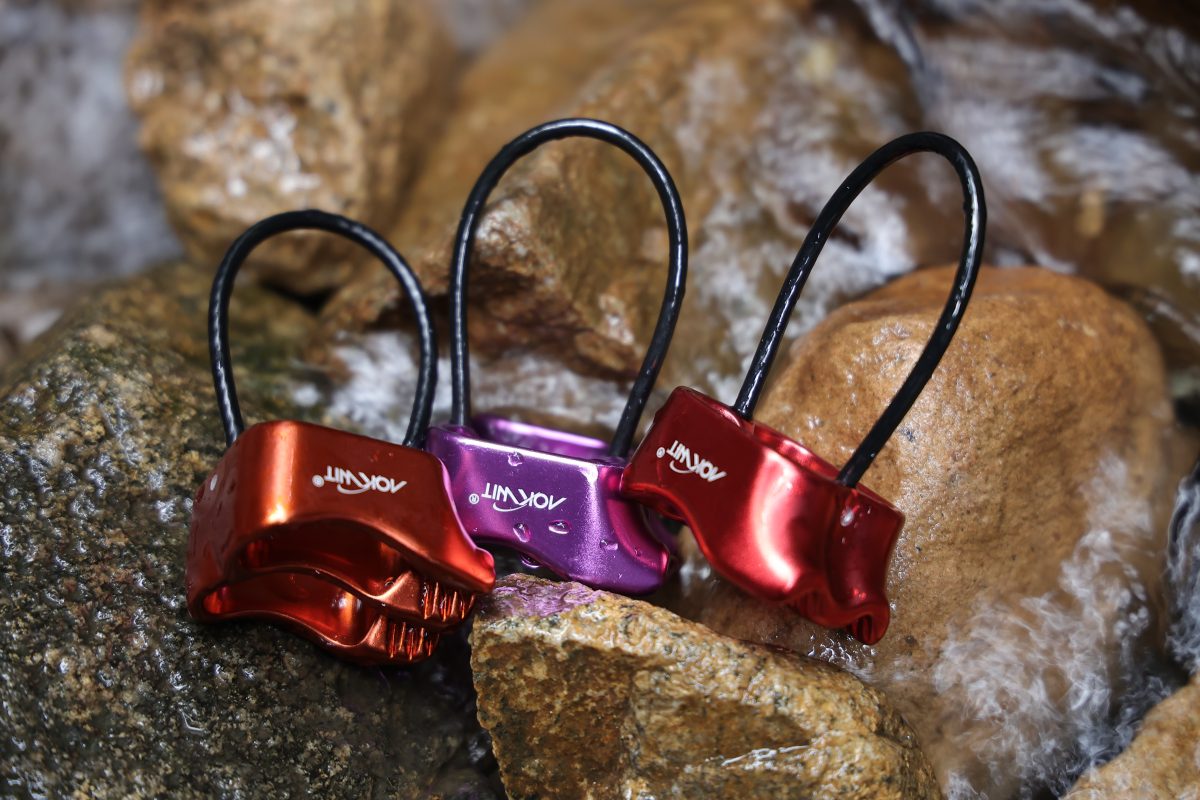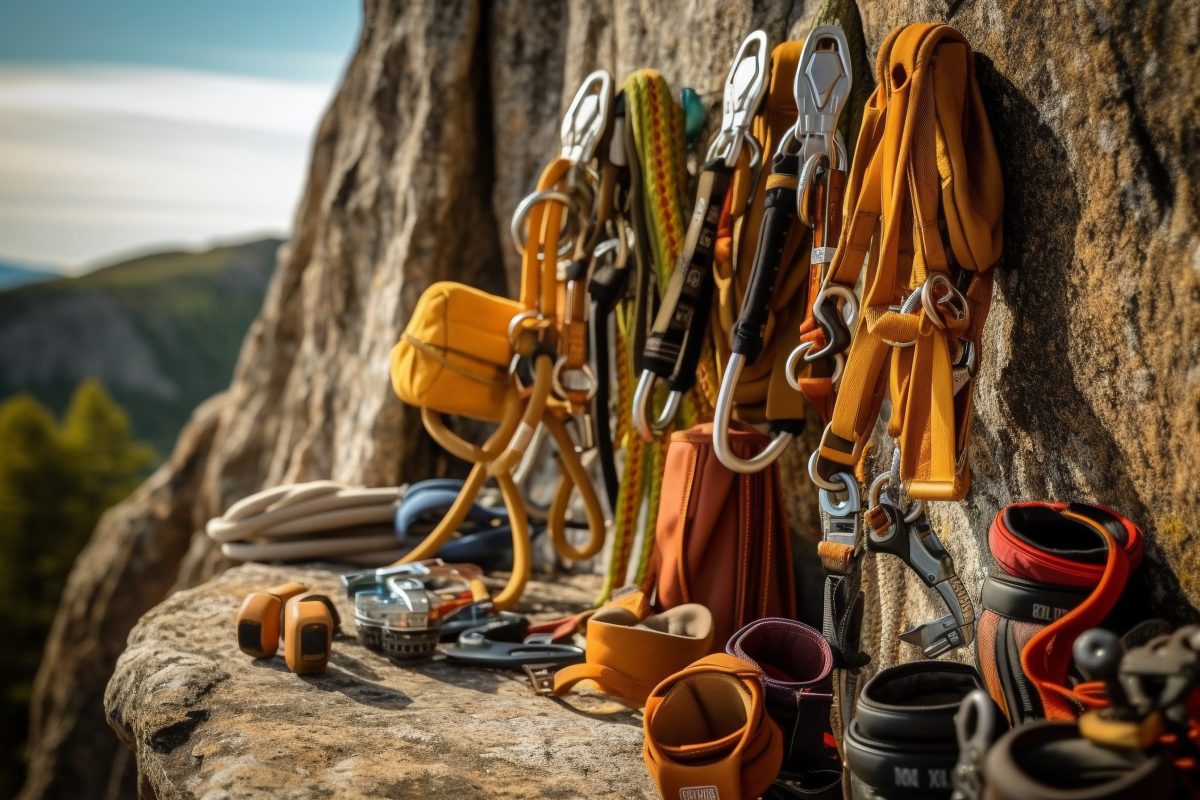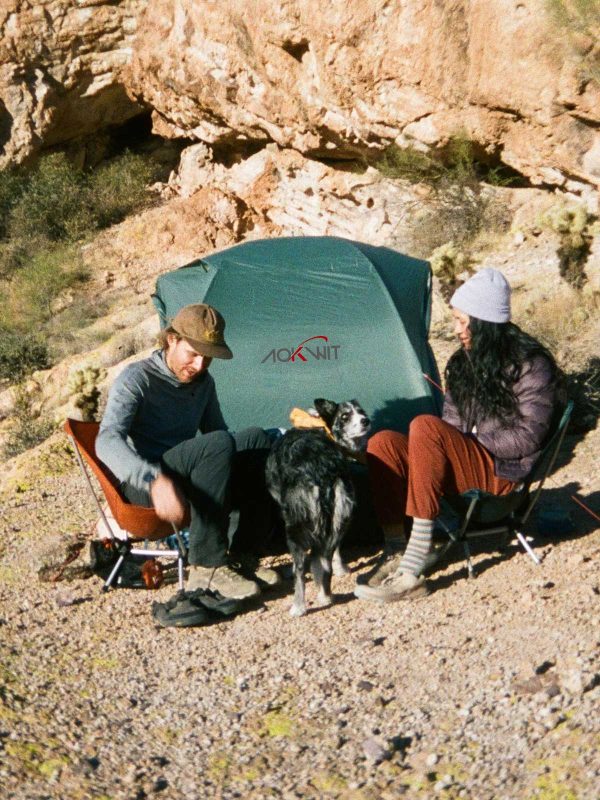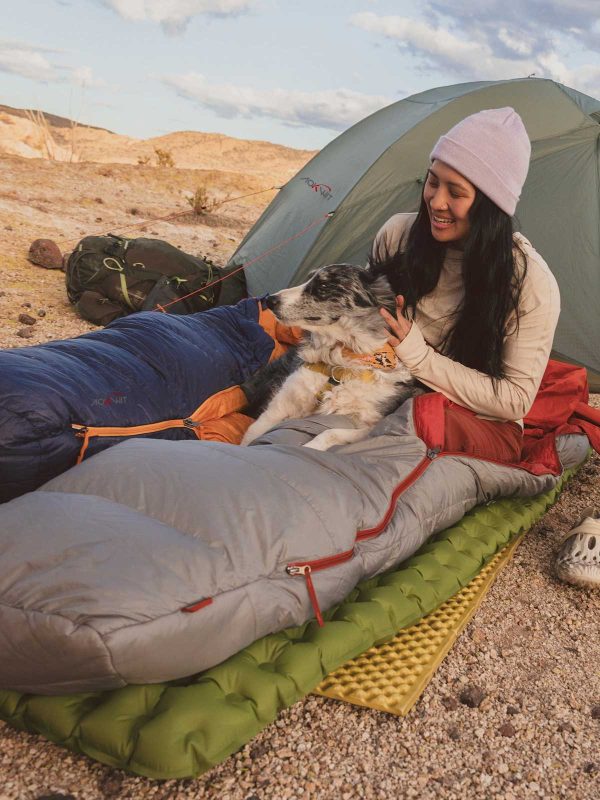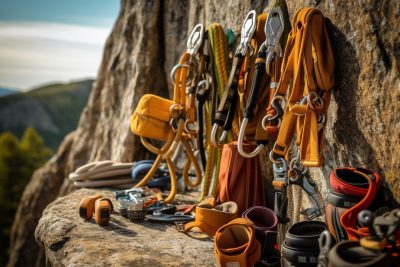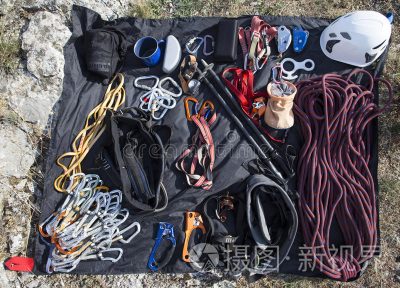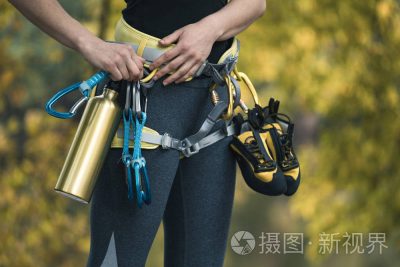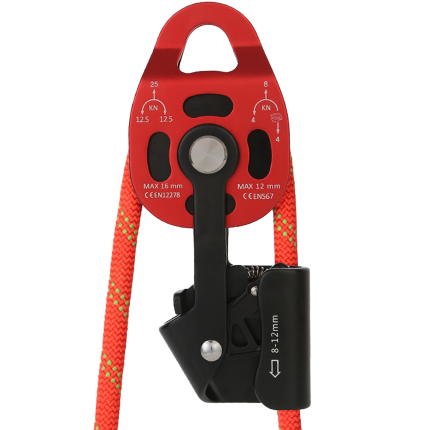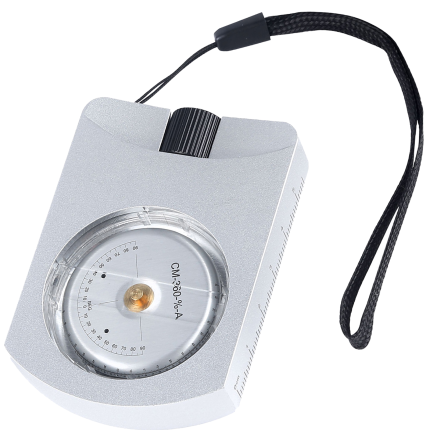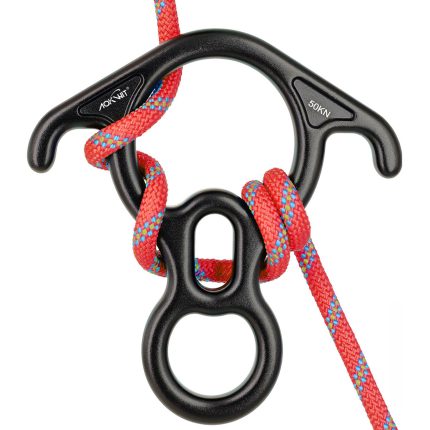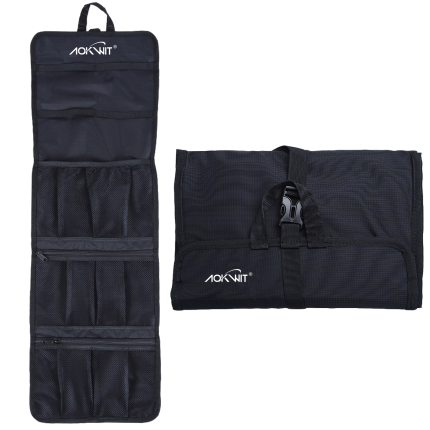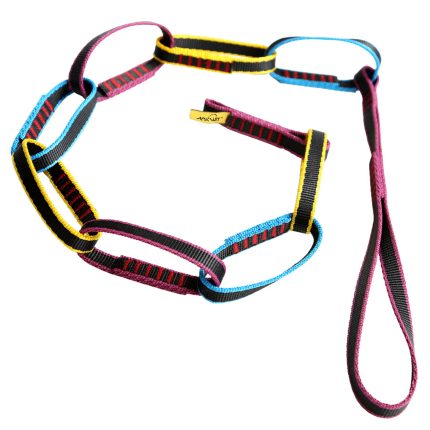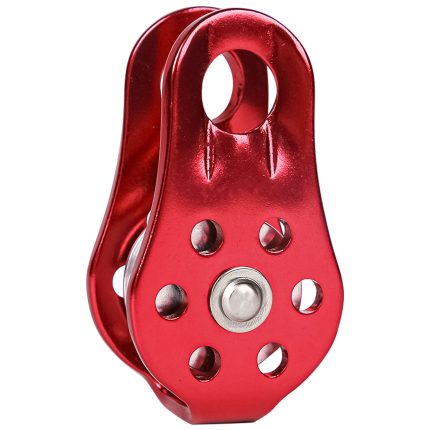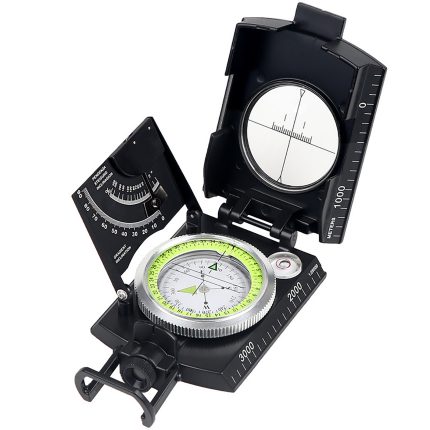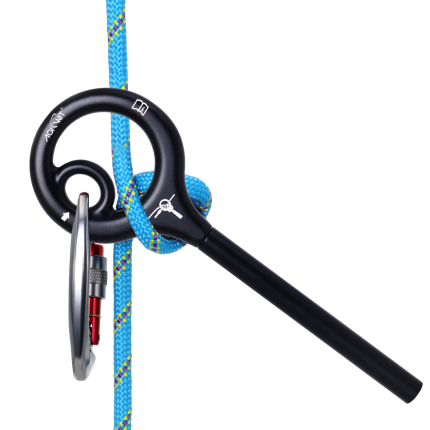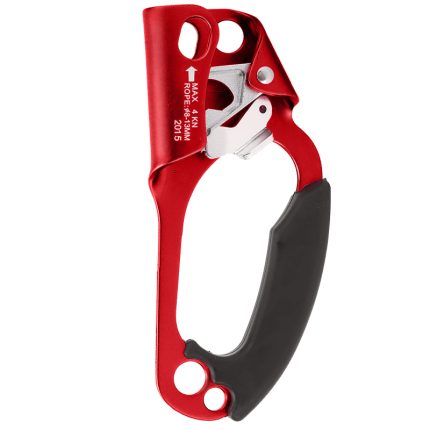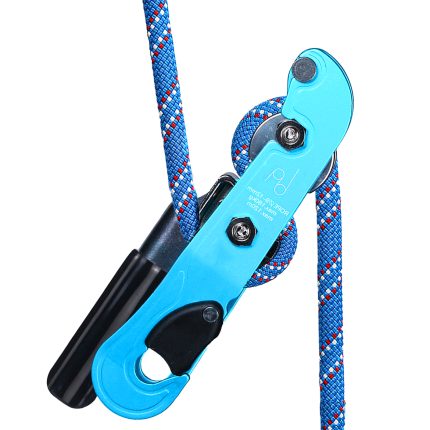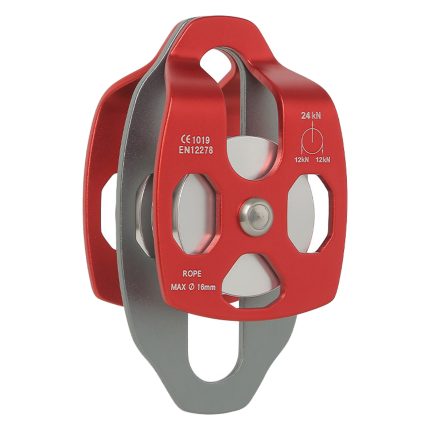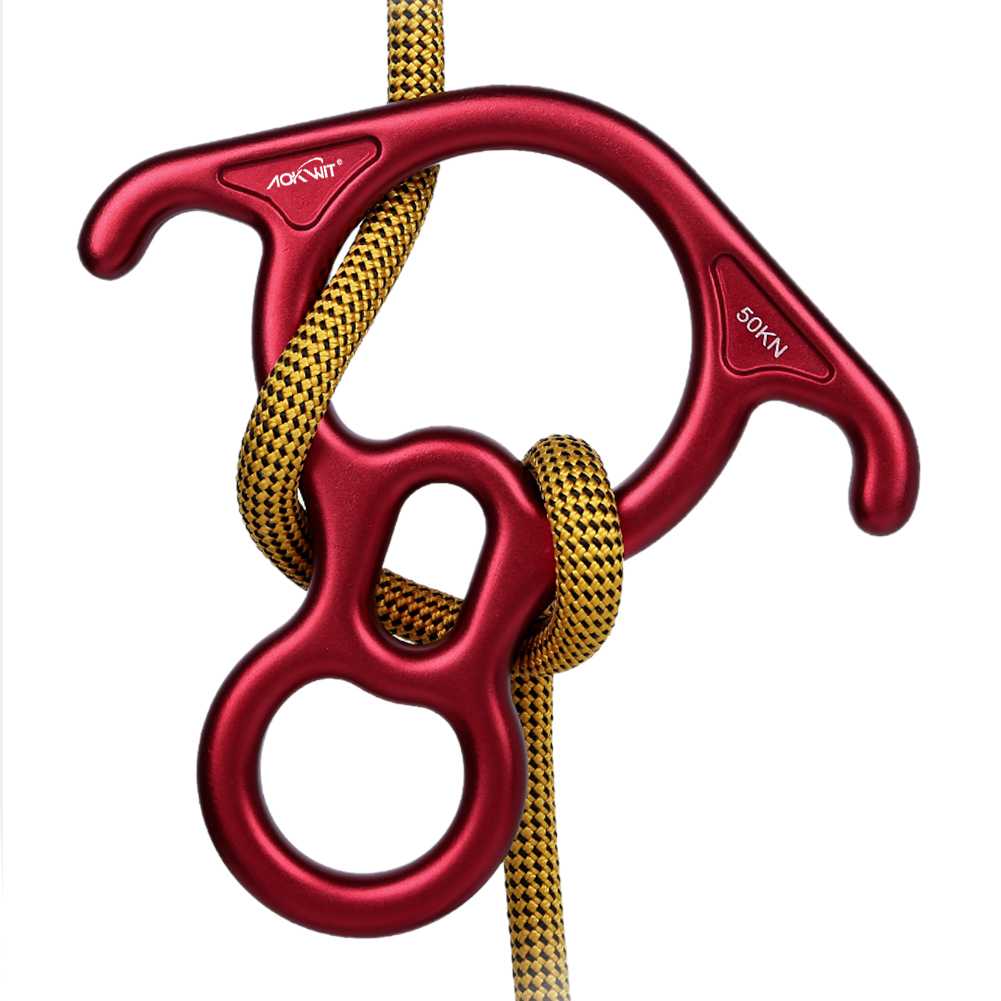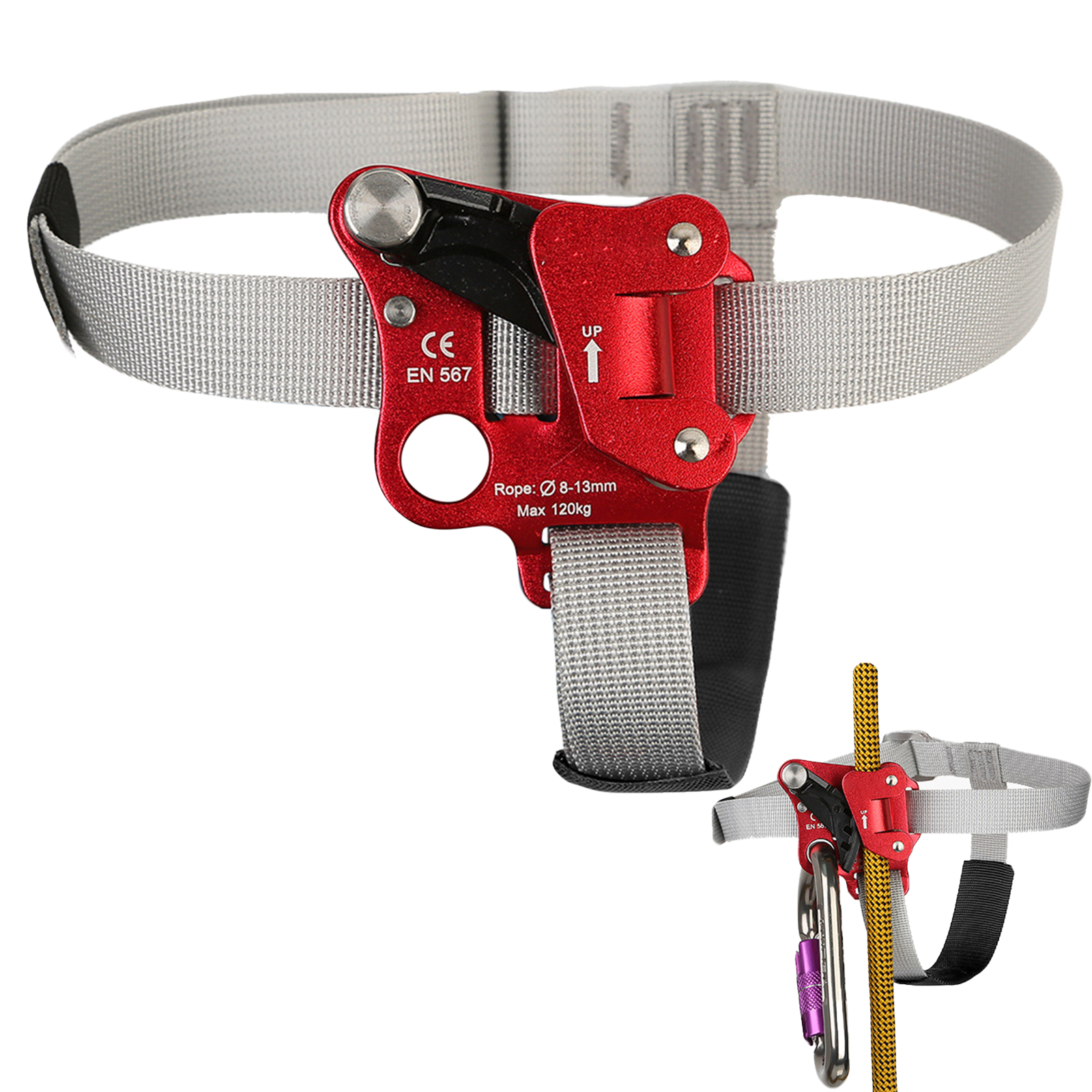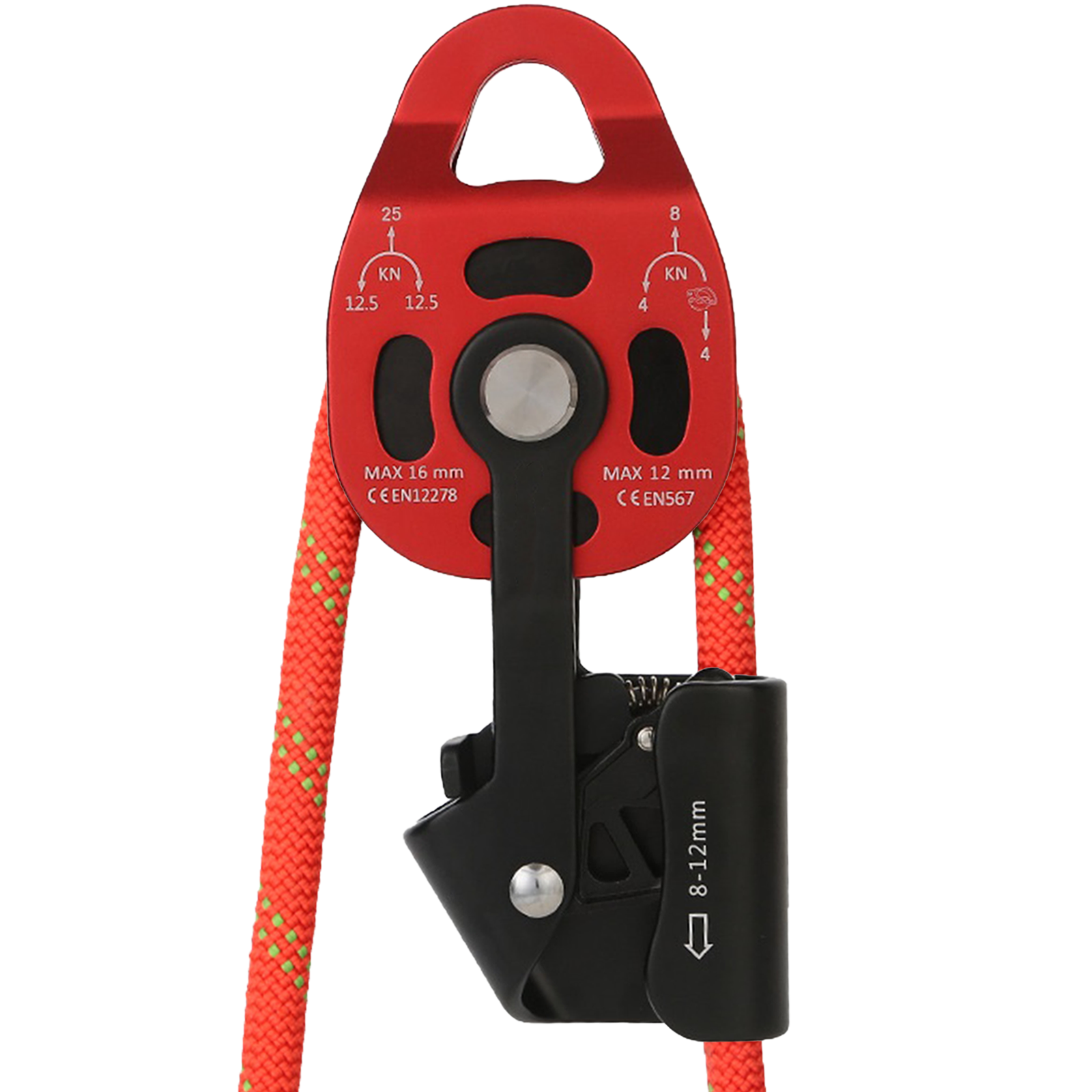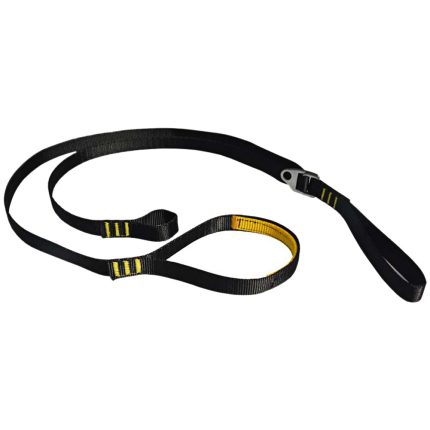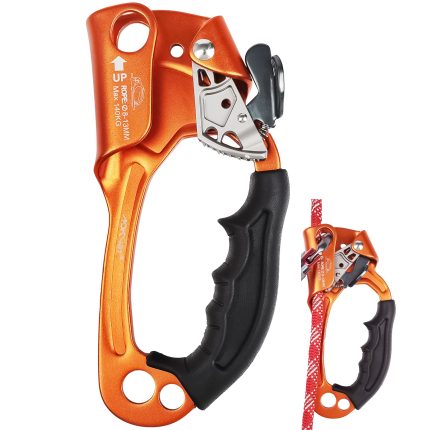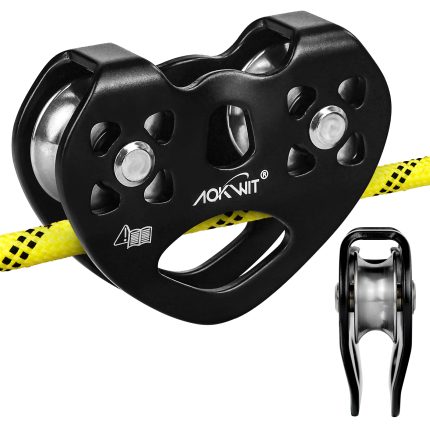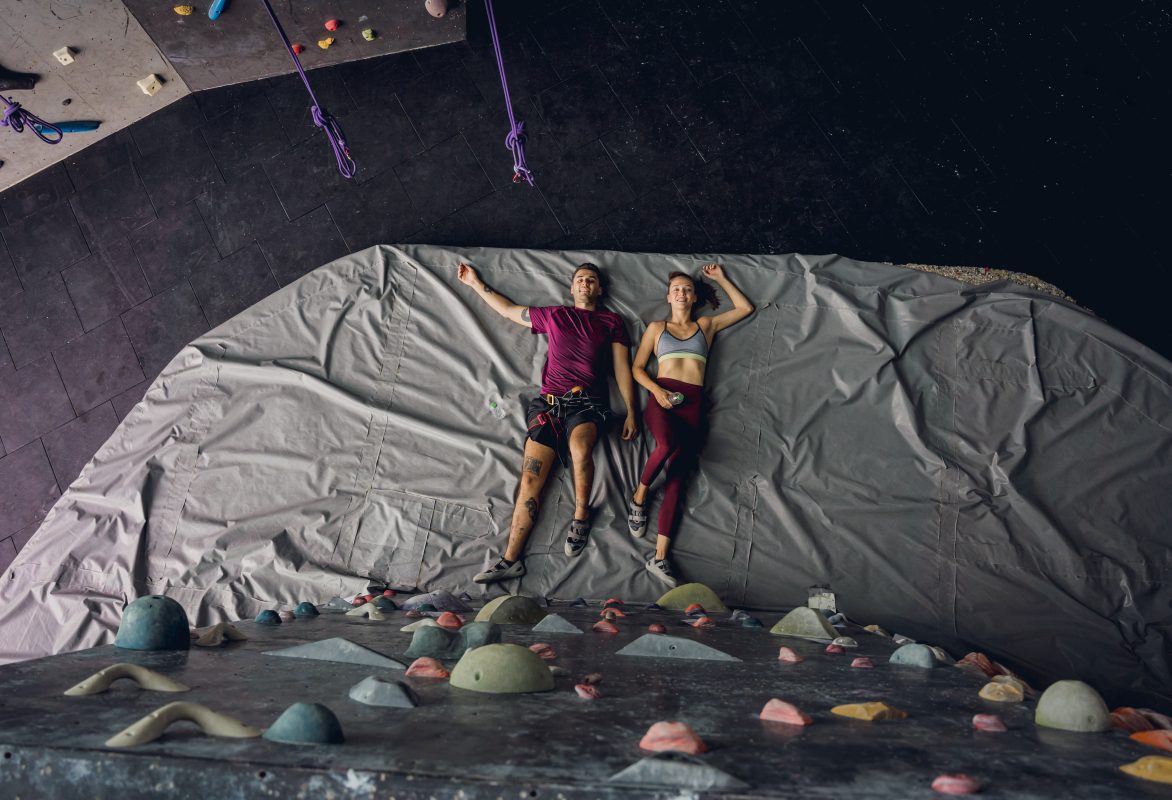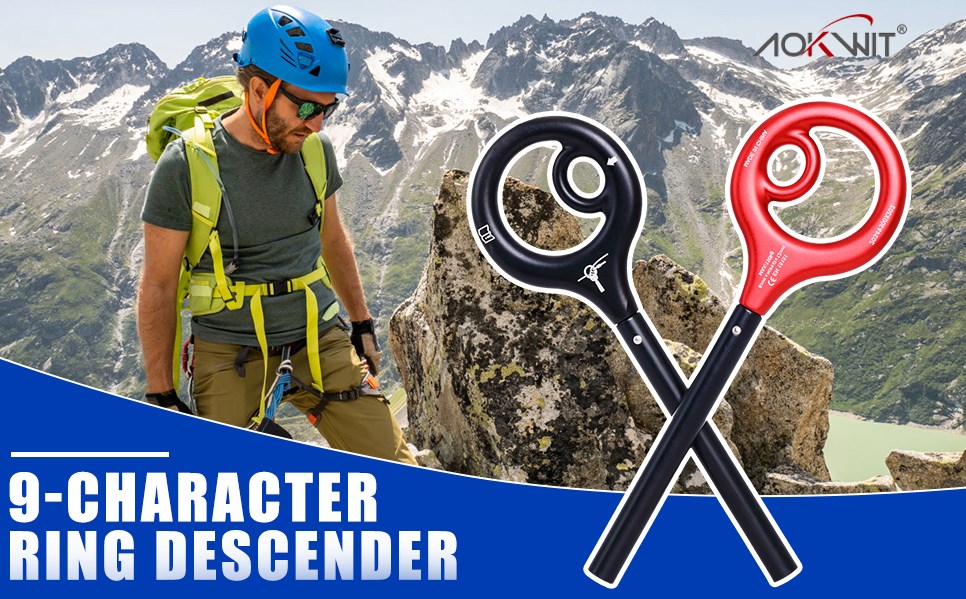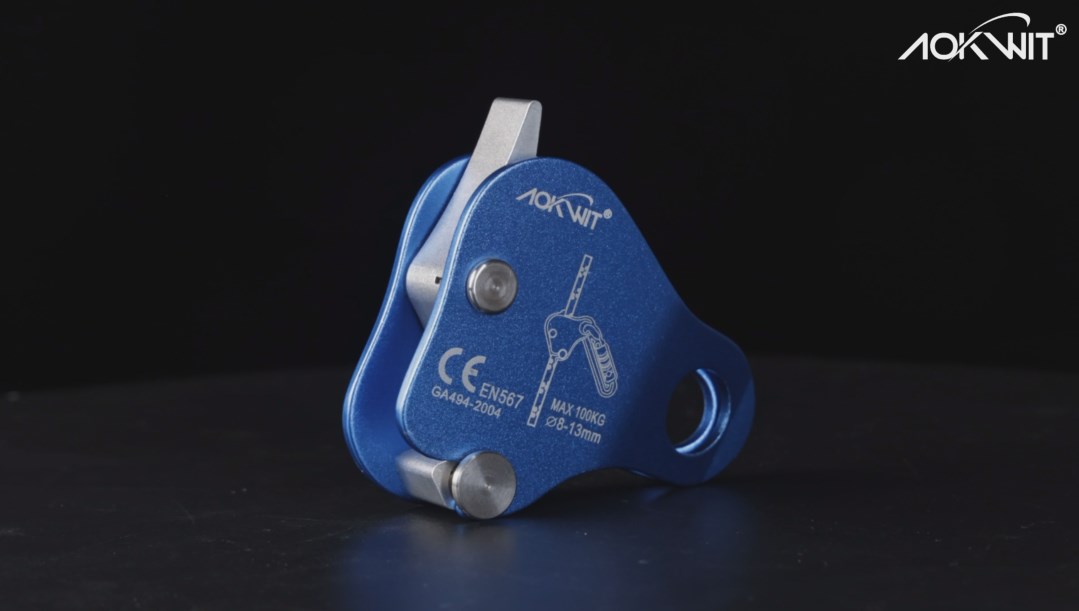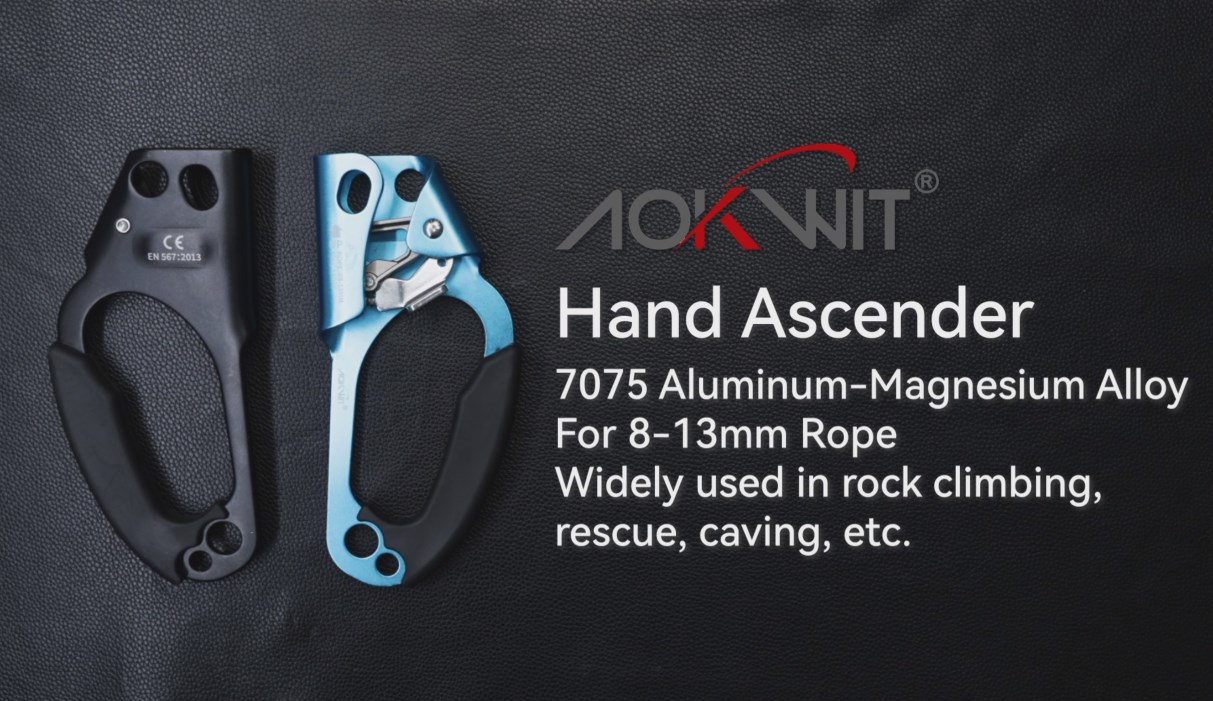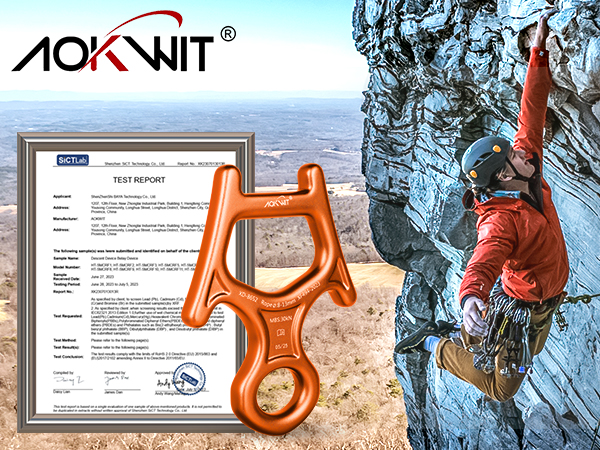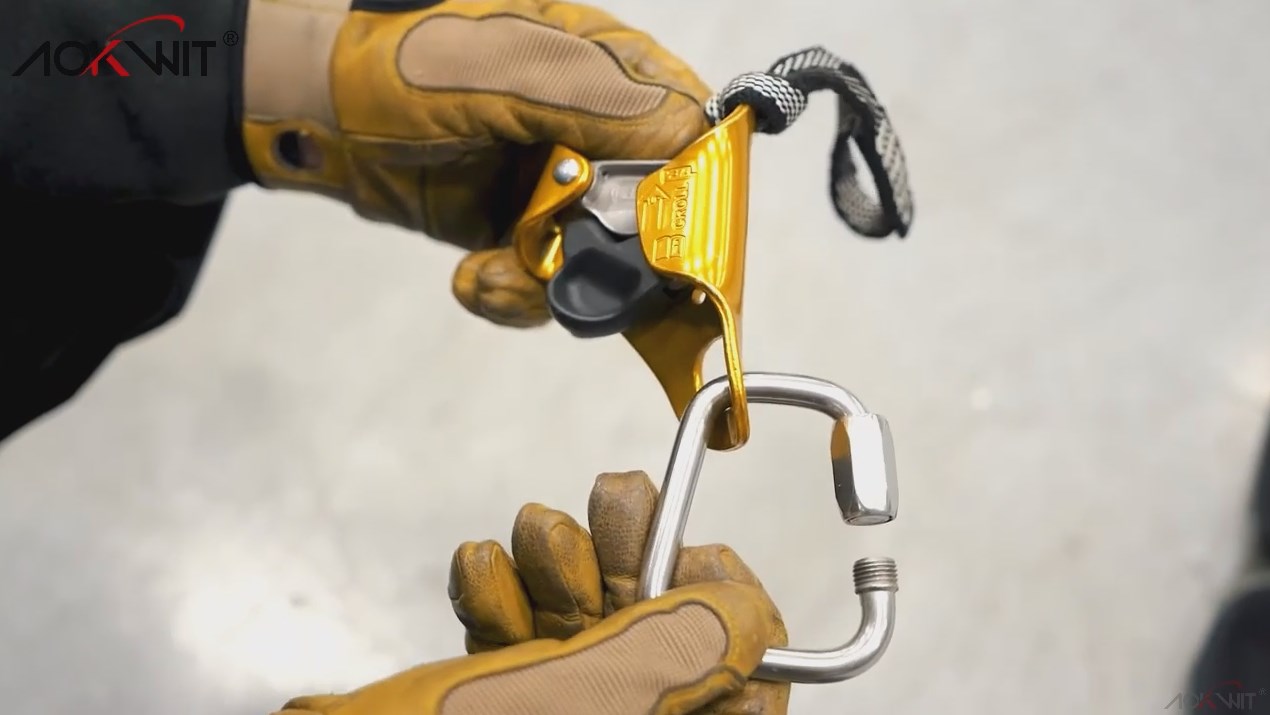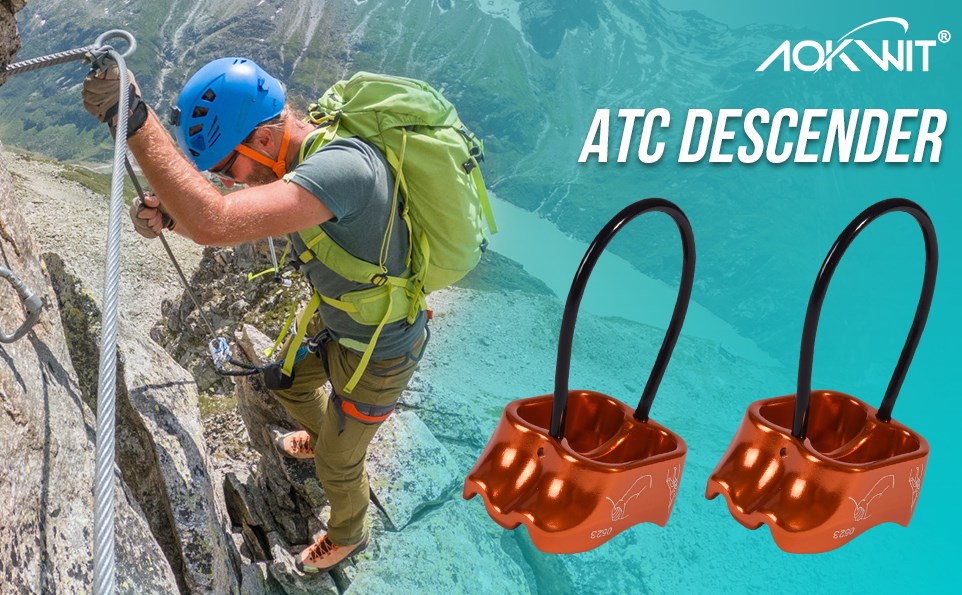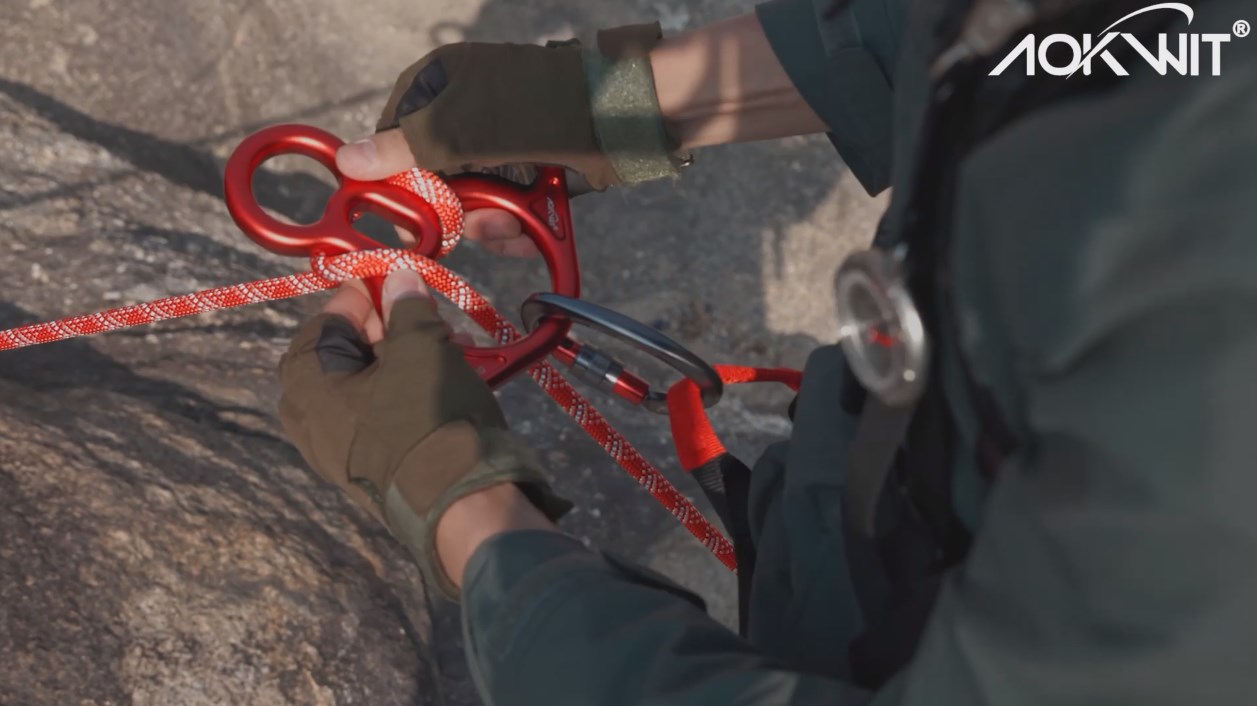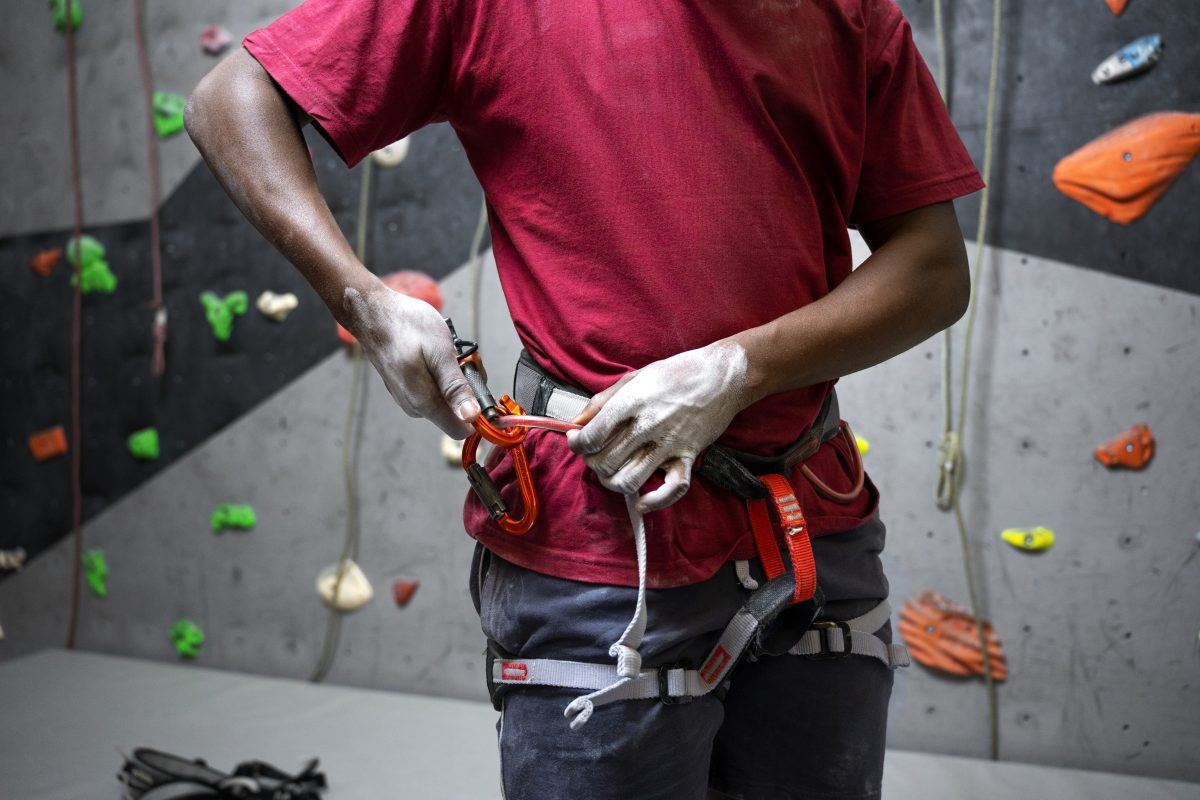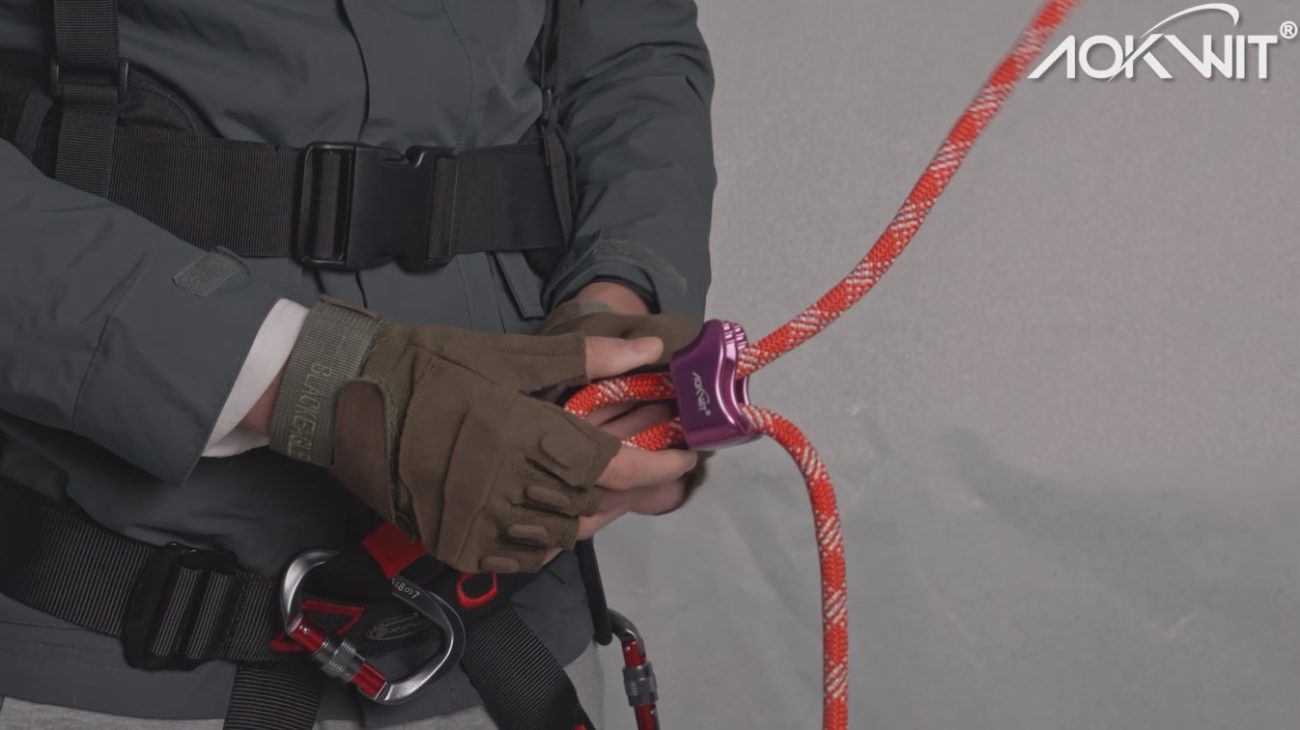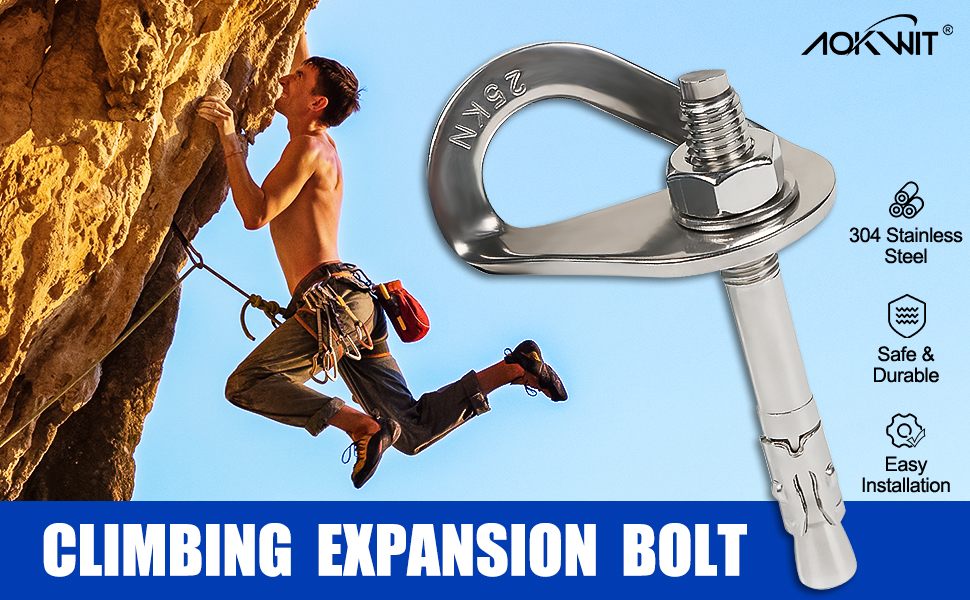Equipment Knowledge: Avoid Blind Consumption – Professional Insights on Rock Climbing Gear (Part 1)
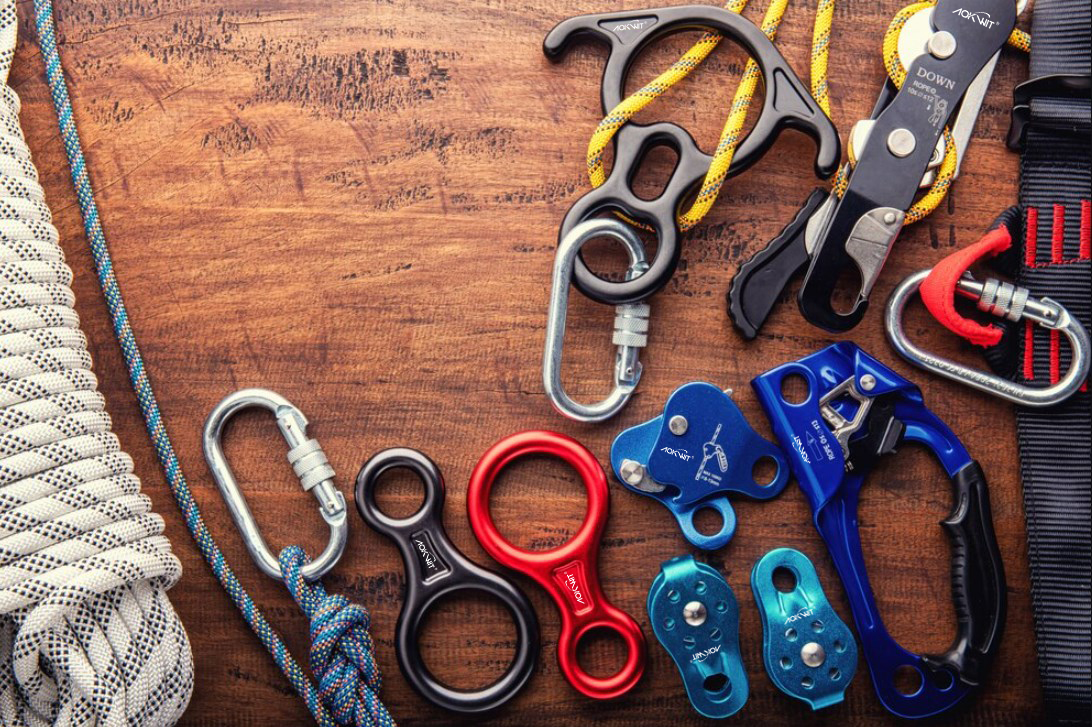
Searching online yields a plethora of outdated, mixed, and unprofessional explanations about rock climbing equipment, which can easily mislead enthusiasts. The growing interest in rock climbing is encouraging, and I recommend everyone try it as a hobby or training activity. Mastery isn’t required, but learning basic techniques is essential.
Climbing gear is integral to the sport and ensures climbers’ safety, especially on natural rock walls. Proper maintenance and storage of equipment are critical. Rock climbing gear is categorized into personal equipment and climbing equipment.
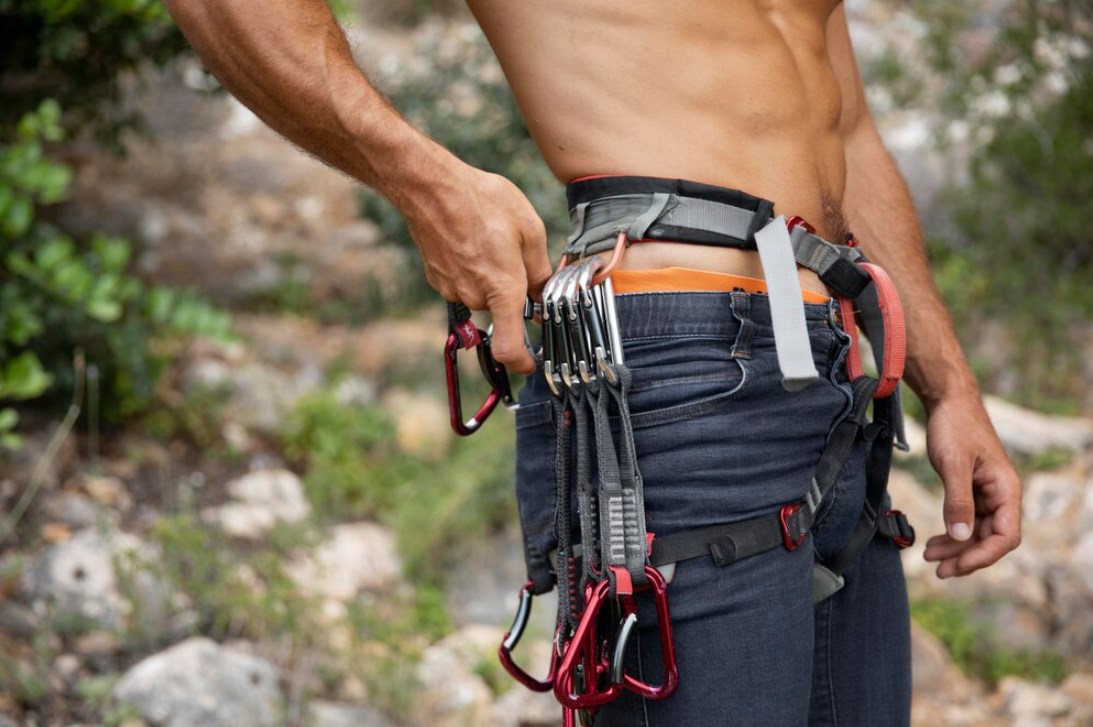
Personal Equipment: Includes a harness, descender, locking carabiners, slings, climbing helmet, climbing shoes, chalk, and chalk bag.
Climbing Equipment: Includes protective ropes, rock plugs, expansion bolts, hang hooks, impact drills, rock-hugging mats, etc. Climbing equipment requires meticulous care.
For beginners starting indoors or outdoors, borrowing gear from professional organizations or experienced peers is advisable.
Contributing to equipment wear-and-tear fees during group outings is reasonable, as gear undergoes significant stress.
However, climbers often hesitate to lend equipment due to safety concerns. Factors such as rope lifespan (affected by fall counts, usage, storage, and age), carabiner or quickdraw impact history, and storage conditions all influence safety.
Thus, climbers typically purchase their own gear or collaborate with peers for shared equipment over time.
Purchasing Guide for Beginners:
Avoid buying a full set initially. Gradually acquire gear as skills advance.
A recommended progression for transitioning from indoor to outdoor sport climbing includes:
- Climbing shoes → Chalk bag → Chalk → Fitted climbing attire → Harness → locking carabiners *2 → Belay device
Intermediate Purchases:
- Dynamic rope (60m) → Quickdraws (10–12) → Helmet → Screwgate carabiners (×2) → 120cm daisy chain → 120cm sewn sling
Harness Details:
Climbing-specific harnesses differ from mountaineering harnesses, though the latter can be temporarily used for climbing. Below are key components of a harness (referenced via labeled diagrams in the original text):
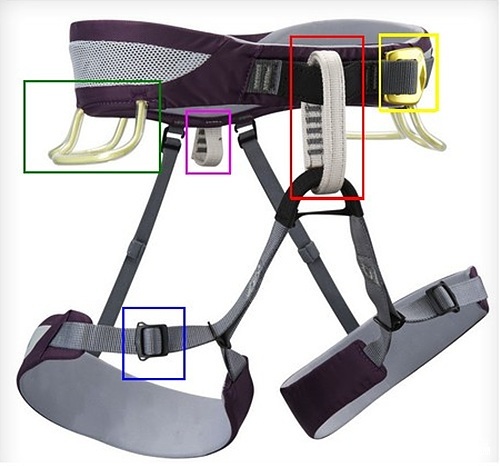
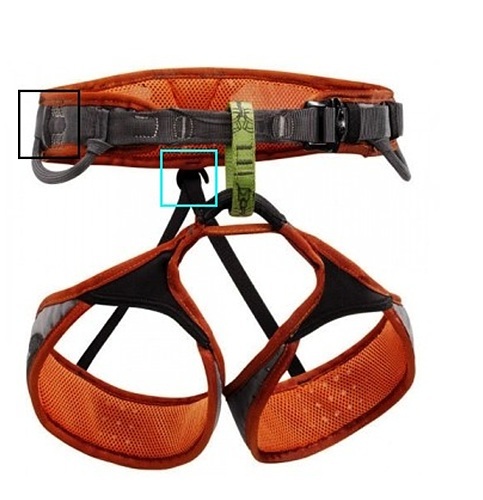
- Load-bearing Loop (Red box): A reinforced loop connecting the leg and waist belts, designed to withstand forces equivalent to rope strength. Used to attach carabiners, belay devices, or ropes during top-rope climbing.
- Waist Adjustment Buckle (Yellow box): Adjusts harness waist size. Single-buckle designs require back threading, while double-buckle versions do not. Safety is unaffected, but single buckles may be harder to manage with gloves.
- Gear Loops (Green box): Carry carabiners/quickdraws (max 5kN load). Available in rigid (easier access) or soft (prevents snagging) styles. Typically 2–4 loops; mountaineering harnesses prioritize soft loops for backpack compatibility.
- Rear Attachment Point (Pink box): For high-strength anchor connections (e.g., belayer stabilization). Omitted in many harnesses.
- Leg Loop Adjusters (Blue box): Adjust leg loop size for seasonal clothing changes. Some harnesses feature fixed leg loops for weight reduction. Traditional designs prioritize adjustable loops for ice-climbing boot compatibility, though this is rarely critical.
- Ice Clipper Slots (Black box): Pre-installed slots for ice clippers. Standard on most harnesses except pure sport-climbing models.
- Leg Loop Quick-Release (Cyan box): Facilitates bathroom breaks without removing the harness, primarily useful for mountaineering.
Key Selection Criteria:
- Comfort: Test in person.
- Weight: Correlates with comfort.
- Portability: Compactness matters, especially for mountaineering.
- Size: Critical for multi-activity versatility.
- Price: Budget-dependent.
- Lifespan: Replace every 5 years; check manufacturing dates when purchasing.
